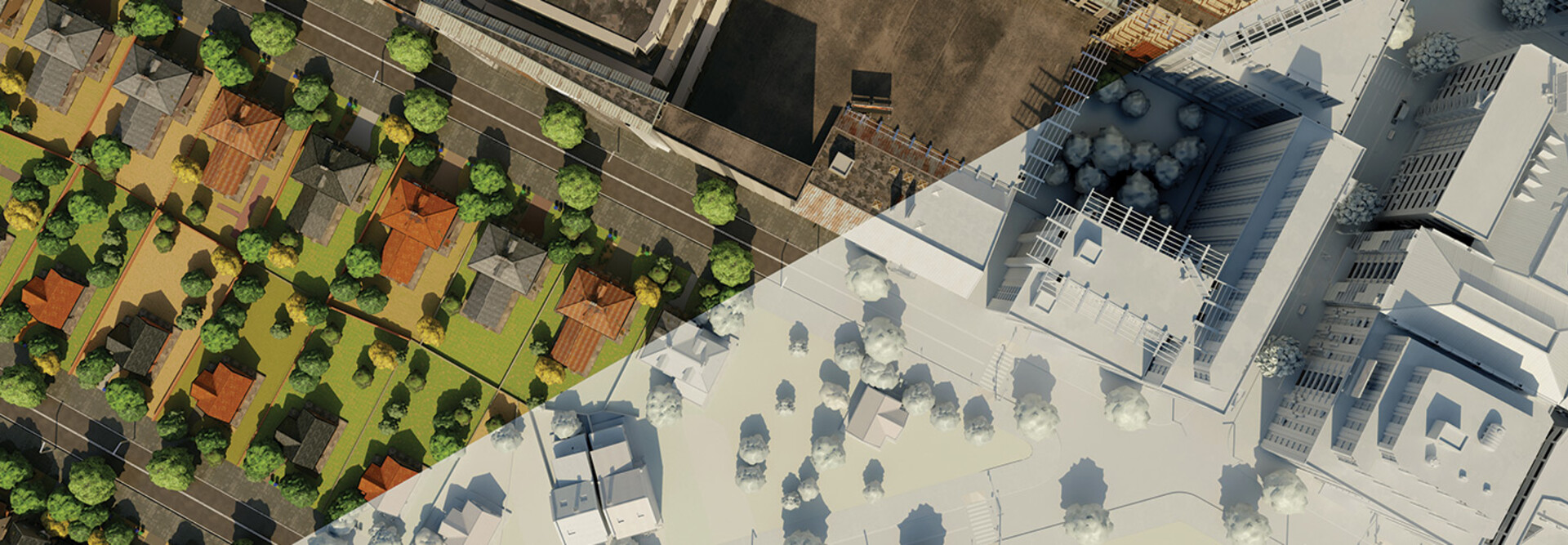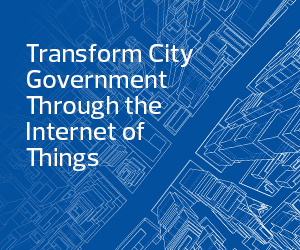Digital twins are steadily approaching their inflection point into mass adoption. Use cases from Coral Gables, Fla., to San Diego have proved the technology’s promise and are casting a spotlight on the immense value of digital twins and their transformative potential for cities around the world.
Even as digital twin adoption increases, cities face a precarious crossroads to ensure the maximum return on their investment. The full power of digital twins is only realized as they incorporate more data sets. In short, the more data available to a twin, the broader its ability to effect change. For cities exploring digital twins, part of the data they need might not be their own.
Click the banner below to learn more about smart city implementation.
Collaboration Enhances Digital Twin Power
A city’s digital twin is only as powerful as the data feeding it. Collaboration is key, and the example in San Diego shows us why. That city’s digital twin was brought about by a partnership between the city and the University of California, San Diego; San Diego State University; the San Diego Regional Economic Development Corp.; the San Diego Association of Governments; and industry partners. This coalition enabled the San Diego digital twin to have a much broader reach.
In a demonstration, we saw the impact of shutting down the Coronado Bridge on neighboring communities — the traffic in Imperial Beach, noise levels in Chula Vista and vehicular pollution in Old Town. But what if this project had been confined to the city of San Diego alone?
Digital Systems Demand Compatibility
In the built environment, variances in approach can be successful if neighboring communities use different methods. One city might adopt quiet pavement in their asphalt while another might use cool pavement for heat island mitigation — but the road still works. The changes don’t stop our driving from one community to the other.
The digital environment isn’t quite so forgiving. Where physical adaptations allow some flexibility, digital systems demand compatibility. A difference in architecture will preclude systems from speaking together in such a way that intermunicipal interoperability is impossible. Without shared architecture, cities lose out on cross-regional insights, effectively fragmenting their ability to predict and plan for interconnected impact, and reinforcing (rather than tearing down) the silos we’ve been working to dismantle.
RELATED: Enhance citizen services with open edge platforms.
Modeling Regional Impact: The TSMC Example
In the Greater Phoenix region, for example, the Taiwan Semiconductor Manufacturing Co. recently announced an additional $100 billion investment in the city of Phoenix, bringing its total investment to $165 billion. What impacts will this city-sized investment bring to the surrounding region? What impact will it have on traffic? Emissions? Demand for housing and essential city services?
Each of these is a costly, if not impossible, consideration to reverse. History has shown us that massive infrastructure investments can reshape entire communities, for better or worse. The lasting inequities from highway development serve as a stark reminder when we fail to anticipate cross-regional or full systems-level impact. Modeling these variables through digital twins offers municipal leaders the foresight to anticipate enduring ripple effects, ensuring informed decisions that meet community needs rather than reacting to unintended consequences.
SUBSCRIBE: Sign up for the StateTech newsletter for weekly updates.
Regional Collaboration Is the Path Forward
While digital twins make it possible to model complex decisions, executing digital twin technology effectively requires additional considerations. Much like building out different types of cloud infrastructure, if the cities of Peoria and Surprise are not on the same architecture, they will not be able to share the data required to model those scenarios.
Data is the primary fuel that powers digital twins, but just like putting unleaded in your electric vehicle, mismatched systems will stall progress before you hit the road.
San Diego’s success underscores the need for broad coalitions to unlock the promise of digital twins. The Connective, a Greater Phoenix–based smart region consortium, has been working with providers and partners to establish a way for communities to pursue such broad use cases; or, at the very least, to ensure the same level of interoperability many cities and jurisdictions share within their geographic information systems today.
EXPLORE: Smart city infrastructure helps officials make informed decisions.
In partnership with CyberCity 3D, the consortium has created a base layer (or a data layer) that allows all cities to share public-facing information such as county assessor data, traffic information or economic development records while ensuring an open application programming interface. That lets each participating community pull their data into other tools for more robust simulation. The base layer will ensure that at the most foundational level, local government institutions can build on a comprehensive data set that allows them to see beyond the dotted lines — the jurisdictional borders and isolated data silos — that define cities.
Digital twins are more than just tools for better decision-making; they represent a shift in how cities understand, anticipate and respond to their interconnected challenges. If municipalities embrace regional collaboration, they won’t just build smarter systems, they’ll build smarter cities.













